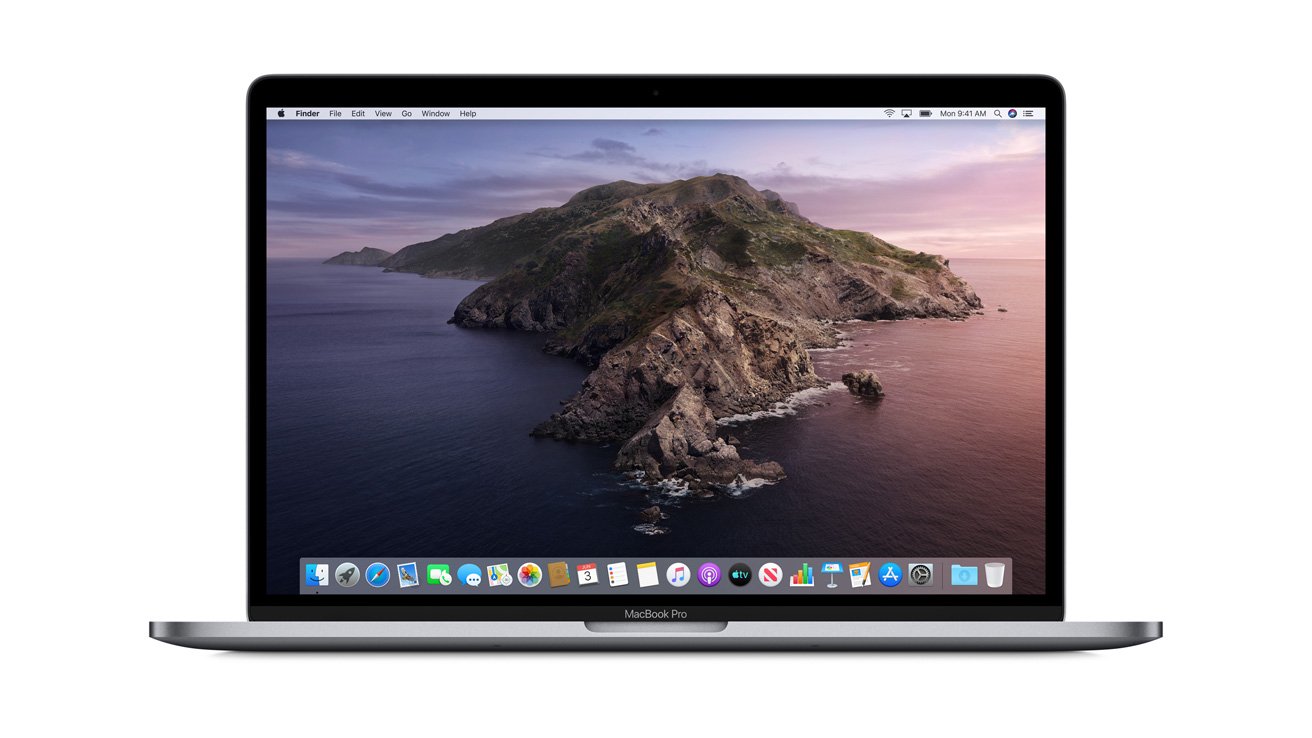

- #How to convert gpx to fit file install
- #How to convert gpx to fit file code
- #How to convert gpx to fit file download

If you have any cool ideas, you can reach me via my email, which you can discover by running I'm still thinking of ideas that involve heart rate data. I plan on comparing the iPhone app recording to the Garmin Forerunner's, and this conversion helps dramatically. Legend.title = element_text (size =rel ( 1.5 ))) Future Work Theme (plot.title = element_text (hjust = 0.5, size =rel ( 2 )),Īxis.title = element_text (size =rel ( 2 )), Scale_color_gradientn ( 'Heart Rate (bpm)', colours = cet_pal ( 5, name = "inferno" )) + Ggtitle ( 'Forerunner 230 GPS and Heart Rate Data' ) + Xlab ( 'Longitude' ) + ylab ( 'Latitude' ) + Ggplot (df ,Īes (y =position_lat, x =position_long, color =heart_rate )) + Library (ggplot2 ) library (cetcolor ) setwd ( '/ntfsl/somedirectory' )ĭf = read.csv ( 'workout_gpx/garmin_fit/.csv' ) Here is a segment from a run with the path highlighted by heart rate ( cetcolor package in R used for visually discernible gradient):
#How to convert gpx to fit file code
You can find an updated version of the code that extracts lap/start/stop time information on my GitHub.Īn example of a few rows from a run (made using the htmlTable package in R), excluding the "enhanced" columns: writerow () print ( 'wrote %s ' % output_file ) if _name_ = '_main_' : main () writerow ( allowed_fields ) for entry in data : writer. append ( mdata ) #write to csv with open ( output_file, 'w' ) as f : writer = csv. value for rf in required_fields : if rf not in mdata : skip = True if not skip : data. fields #check for important data types mdata = for field in fields : if field. messages data = for m in messages : skip = False if not hasattr ( m, 'fields' ): continue fields = m. StandardUnitsDataProcessor ()) print ( 'converting %s ' % file ) write_fitfile_to_csv ( fitfile, new_filename ) print ( 'finished conversions' ) def write_fitfile_to_csv ( fitfile, output_file = 'test_output.csv' ): messages = fitfile. FitFile ( file, data_processor = fitparse. skipping.' % new_filename) continue fitfile = fitparse. exists ( new_filename ): #print('%s already exists. lower () = '.fit' ] for file in fit_files : new_filename = file + '.csv' if os. timezone ( 'US/Central' ) def main (): files = os.
#How to convert gpx to fit file install
Import csv import os #to install fitparse, run #sudo pip3 install -e git+ import fitparse import pytz allowed_fields = required_fields = UTC = pytz. Below I have my own file that I use for converting. There is a tool called "fitdump" that comes with the library, but it is an incomplete script. I strongly recommend Python 3 for this library, as I had issues when trying to use Python 2.7. The current version that you would install with apt-get is not up-to-date, so you should install it from GitHub using the following code (on Ubuntu): fit file to a Python class object, which contains a messages attribute that contains most of the useful information in the file, including the GPS coordinates and the timestamps/heartrates/step cadence/etc. The library converts all of the data in a. I discovered a library for Python called fitparse. The same was true when I tried converting it to GPX. Unfortunately, when I used it, GPSBabel did not look for anything other than coordinate information, so the times/heart rate info were lost. After installing the latest version from the GitHub source, I ran Converting these files to a useful format, however, is a bit tricky. This is a binary file format that allows a wide variety of data to be included in workouts, such as profile information, heart rate, and traditional time/coordinate information.
#How to convert gpx to fit file download
With the Strava iPhone app, you can download data in a. I recently purchased a refurbished Garmin Forerunner 230, along with a heart rate monitor, with the hopes of being able to acquire more accurate GPS data (and heartrate info) on a smaller device.

Follow I have a more streamlined script available at that performs FIT->CSV, GPX->CSV (needs testing), and CSV->censored CSV (blocks out some fields if they are within a certain radius of user-defined coordinates) conversions, as well as archiving the processed results.


 0 kommentar(er)
0 kommentar(er)
